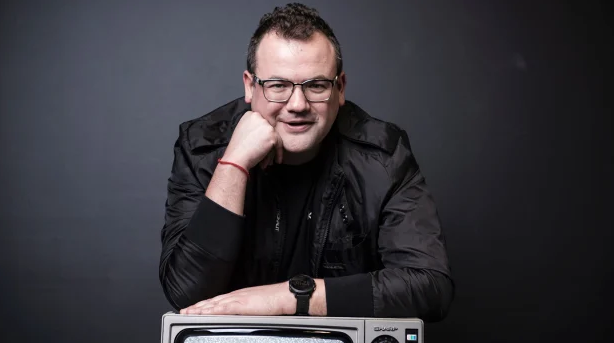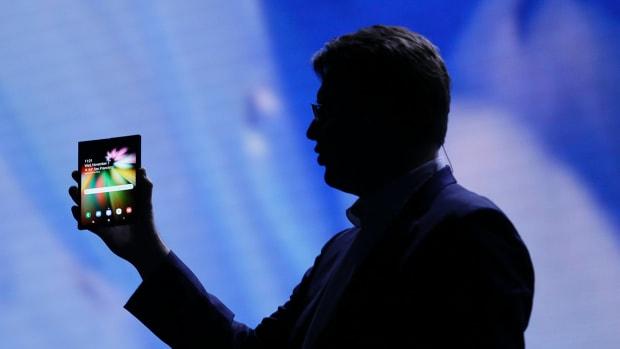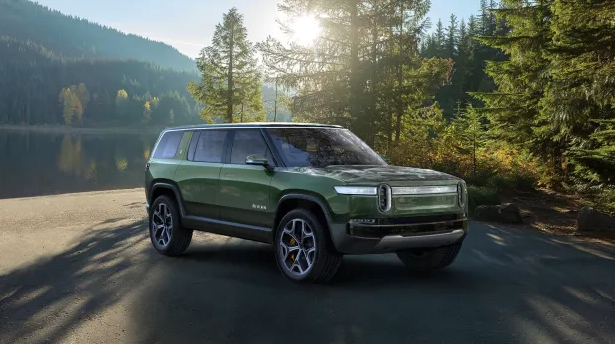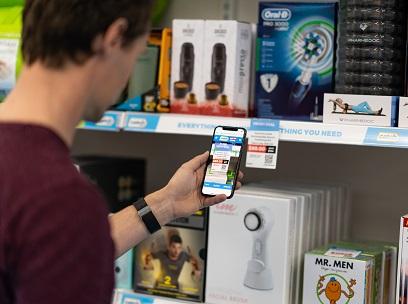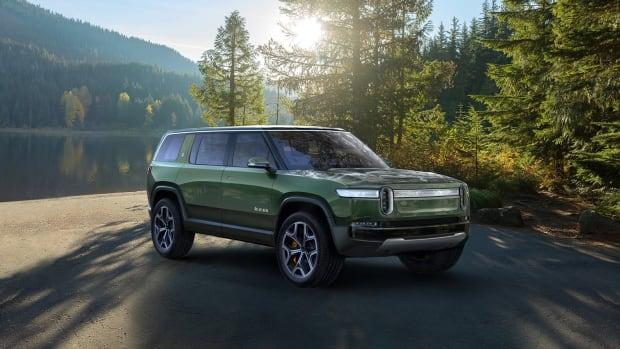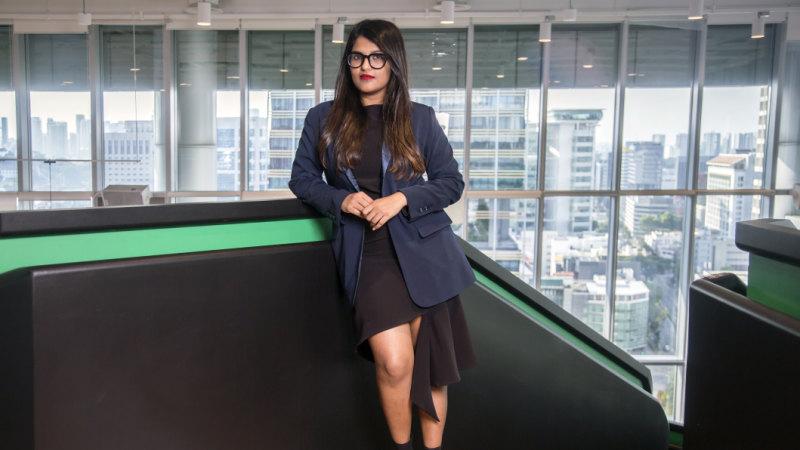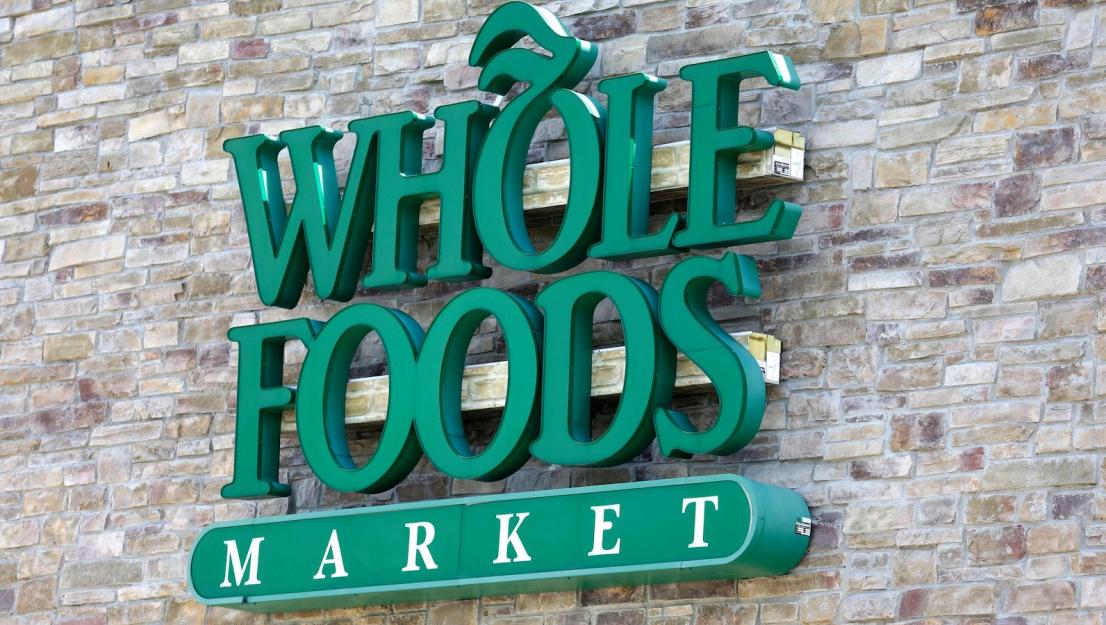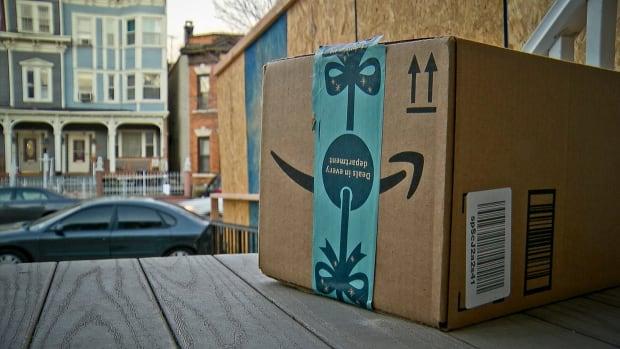
Seattle | Amazon has abruptly stopped buying products from many of its wholesalers, sowing panic.
The company is encouraging vendors to instead sell directly to consumers on its marketplace. Amazon makes more money that way by offloading the cost of purchasing, storing and shipping products. Meanwhile, Amazon can charge suppliers for these services and take a commission on each transaction, which is much less risky than buying goods outright.
The company is determined to boost profits at the core e-commerce business, even if that means disrupting relationships with long-time suppliers. Because many suppliers source products from manufacturers months in advance, they will have to quickly shift their sales tactics if the expected Amazon orders don't come in.
Amazon is determined to boost profits at its core e-commerce business, even if that means disrupting relationships with long-time suppliers. Robert Bumsted
"If you're heavily reliant on Amazon, which a lot of these vendors are, you're in a lot of trouble," said Dan Brownsher, Chief Executive Officer of Channel Key, a Las Vegas e-commerce consulting business with more than 50 clients that sell more than $US100 million $142 million) of goods on Amazon annually. "If this goes on, it can put people out of business."
Mr Brownsher is among several consultants who said Amazon's move had affected thousands of vendors.
Pushing more suppliers onto the marketplace is part of Amazon's larger effort to reduce overheads by getting more suppliers to use an automated self-service system that requires no input from Amazon managers.
"We regularly review our selling partner relationships and may make changes when we see an opportunity to provide customers with improved selection, value and convenience," Amazon said in an emailed statement, declining to answer specific questions about the action.
The abrupt cancellation of orders prompted panic this week at the ShopTalk retail conference that drew more than 8000 retailers, brands and consultants to Las Vegas.
Some attendees said Amazon stopped submitting routine orders last week for a variety of products, often without explanation. The drought continued this week, affecting more vendors and leaving them frustrated about the lack of communication from Amazon.
One vendor who has been selling products to Amazon for five years said he got a canned response when he inquired why his routine weekly purchase order never came through. The response gave him no clarity about his standing as a vendor, he said.
In recent years, Amazon has increasingly prioritised its marketplace. More than half of all products sold on Amazon in 2018 came from marketplace merchants, and revenue providing services to those merchants is growing at double the pace of revenue from the online store. Based on the target valuation of Amazon, the marketplace business is worth about $US250 billion, according to Evercore ISI analyst Anthony DiClemente, more than double the value of the online retail business.
Online marketplaces can offer greater selection than even the biggest of stores. Walmart, Target and Best Buy are all copying Amazon's marketplace model to increase online sales. Amazon will generate e-commerce revenue of $US317 billion this year, representing 52.4 per cent of all online sales in the US, according to EMarketer.
"If you're already drawing eyeballs to your website, you want to have all of the products your customers are looking for," said Frank Poore, CEO of CommerceHub, which sells online marketplace software. "You have to have a bigger assortment online than you do in the store."
Now more Amazon vendors will be forced to sell on the marketplace or risk getting stuck with unsold inventory, said Will Land, CEO of Marketplace Valet, an e-commerce logistics provider and consulting firm in Riverside, California.
"When you get used to those big cheques," he said, "it's hard to pull away."


